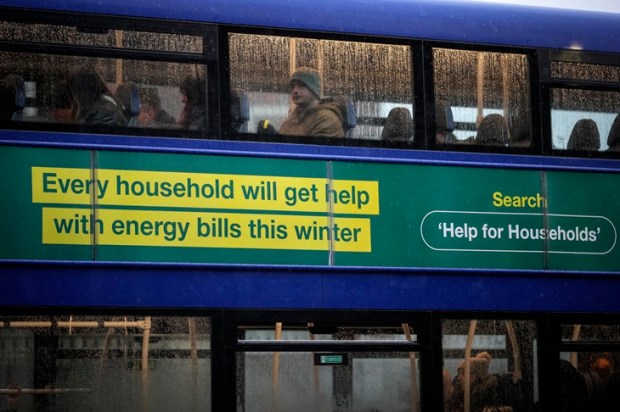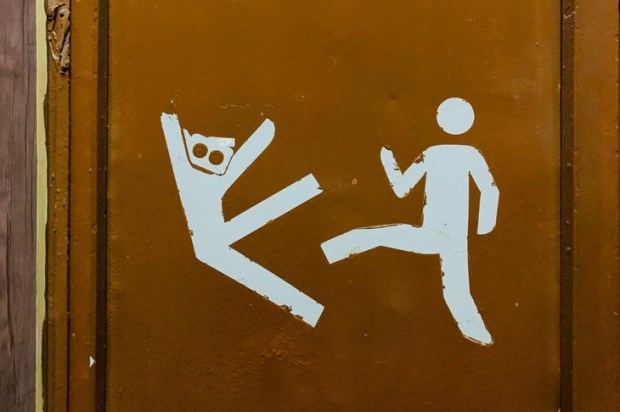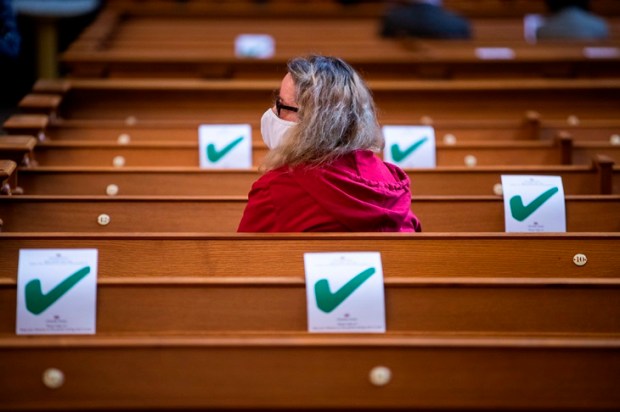Some commissioners have suggested removing special schools. They mustn’t have worked in the good ones!
At one point in my career, I had the privilege of leading five campuses of a special school and of starting a school for pregnant teenagers/teenage parents. Those with first-hand experience of these schools would be praising their achievements and heralding the hardworking staff.
As I used to say to my wife each evening, the greatest miracle is that the teams turned around and come back the next day to do it all again.
My job was the easier part – it involved setting up the rituals, traditions, and structures that elevated the concept of respect so that each person (student and staff) could act responsibly. That meant having a large listening ear, a creative way of doing things as needed, and an ethos of supporting the staff while caring for the students and their families.
I learned many things from these communities, particularly from the teenage parents. I listened to their stories and found that some of my assumptions were wrong, including my mistaken belief that they became disengaged from school after falling pregnant. ‘No Stephen, you’ve got it wrong,’ they corrected me. ‘We weren’t engaged with school, which is one reason we got pregnant!’
I asked why they wanted to come to us, a faith-based Christian school, given that the local state school was obliged to take them in, as was TAFE. They would ‘school’ me in their direct way, normally by laughing at the suggestion, or frowning straight back at me. When those expressions were put into words, it came out something like: ‘We tried. But we did not feel welcome, and certainly not with our babies. Sometimes it didn’t feel safe. Some of the teachers were cool, but we just didn’t fit.’ And so they came to us. Why?
We were a school of special significance that was not related to a medically diagnosed problem (pregnancy is not a mental health diagnosis). We were intentionally small, intimate, and flexible. The young ladies would often call us ‘their second home’.
We tailored the educational programs towards apt starting points for the young women. We also had people on hand to help them learn to be mothers (through our on-site creche), we helped them with housing, finding economical food, budgeting, and other life skills. We hunted for welfare funding as well as educational money. We saw lives turned around, often moving from a context of generational welfare to going onto work, or further education. Those aiming for university tended to stay with us until 20 or 21 years of age, until their (sometimes non-ATAR) program gained them alternative entry. Seeing them graduate school was deeply gratifying, and often we heard, ‘I came here not being able to read or write very much – now I can do that for myself and my child.’ Tissues were always at hand for those moments.
Then there was what I learned in the special school for students with a least one diagnosed mental health disorder (normally 80 to 85 per cent would have multiple diagnoses). Regardless of their condition(s), most of them came to us as low attenders at their local school, and a regular number came to us as ‘school refusal’ students. We would sit with parents (if they had them) and the student to map out steps for improvement, and then carefully go the journey. They did not all last, but most did, and again, at their graduation, it was grandparents who would often say to me, ‘This school saved not just this child, but also our family.’ Yup, more tissues… We aimed to help our year 10 students move into a mainstream senior high (earlier if they were ready), or to work or TAFE. The work experience component was very extensive in years 9 and 10.
One of the ‘secret weapons’ in both these settings was having generalist teachers all the way to year 10. That is, we minimalised the number of teachers compared to ‘normal school’. I remember explaining this to a senior member of another school whose leadership was visiting us (we had a lot of visitors in those days). They had great difficulty holding their Aboriginal students into years 9 and 10. When I asked them how many teachers they had in a year, and the answer was between 6 and 8, I told them their low attendance rates made sense. Adults don’t handle working for multiple authority figures well – why do we expect (struggling) teenagers to do what we can’t?
Yet normally in high schools, students have to face a different teacher for each subject. That is simply untenable for students whose relational patterns need thorough consistency to find a habit of trust and learning. Self-discipline can only develop in a disciplined environment, and in so many of our schools, the classroom routines and management variability are massive from class to class. The hidden cause of teachers leaving is often unruly kids. It is also why so many students give up on school, particularly those with special needs.
What I had the privilege of doing with these teams could not simply be integrated into a mainstream classroom – but we found a middle way. We would often have ‘one community, two schools’. That is, two independently registered schools on one site, with some interaction that was carefully designed, supported, and monitored. It worked a treat, but of course, some bureaucrats do not like that idea.
These basic principles – of universal respect, tailored to the needs in front of us – is why I think three commissioners want these schools to continue, and why three do not. They all have the same values of wanting the best for those with disability. But my guess is that their beliefs of what ‘good’ looks like is different. This is not a matter of ‘better research’, because research is conducted through a belief system, particularly when dealing with people.
Those on the regressive left (or what is often incorrectly called ‘progressive’) want to insist that equality means sameness. That is pseudo-Marxist (or in gentler circles, Fabian socialist) thinking. It uses the word ‘inclusion’ to mean everyone doing the same.
Those who understand more realistically the interplay between common good and personal choice will recognise that universal respect can be best expressed towards anyone with need (which is all of us) by having a common commitment towards justice while responding to individual needs as best one can with the resources at hand. That means being creative rather than cookie-cutter. That certainty and creativity was the ethos of the schools where I worked. But I surmise that half the commissioners would only be responsive to the stories of misery they heard, and not know how to see stories of hope as I have described above. Thus, they recommend a centrist controlling system. I wish they had the opportunity to learn from the students and families that became our partners in those schools – and if not, give us some of the millions to start more of what works with the right people.
Got something to add? Join the discussion and comment below.
Get 10 issues for just $10
Subscribe to The Spectator Australia today for the next 10 magazine issues, plus full online access, for just $10.


























Comments
Don't miss out
Join the conversation with other Spectator Australia readers. Subscribe to leave a comment.
SUBSCRIBEAlready a subscriber? Log in